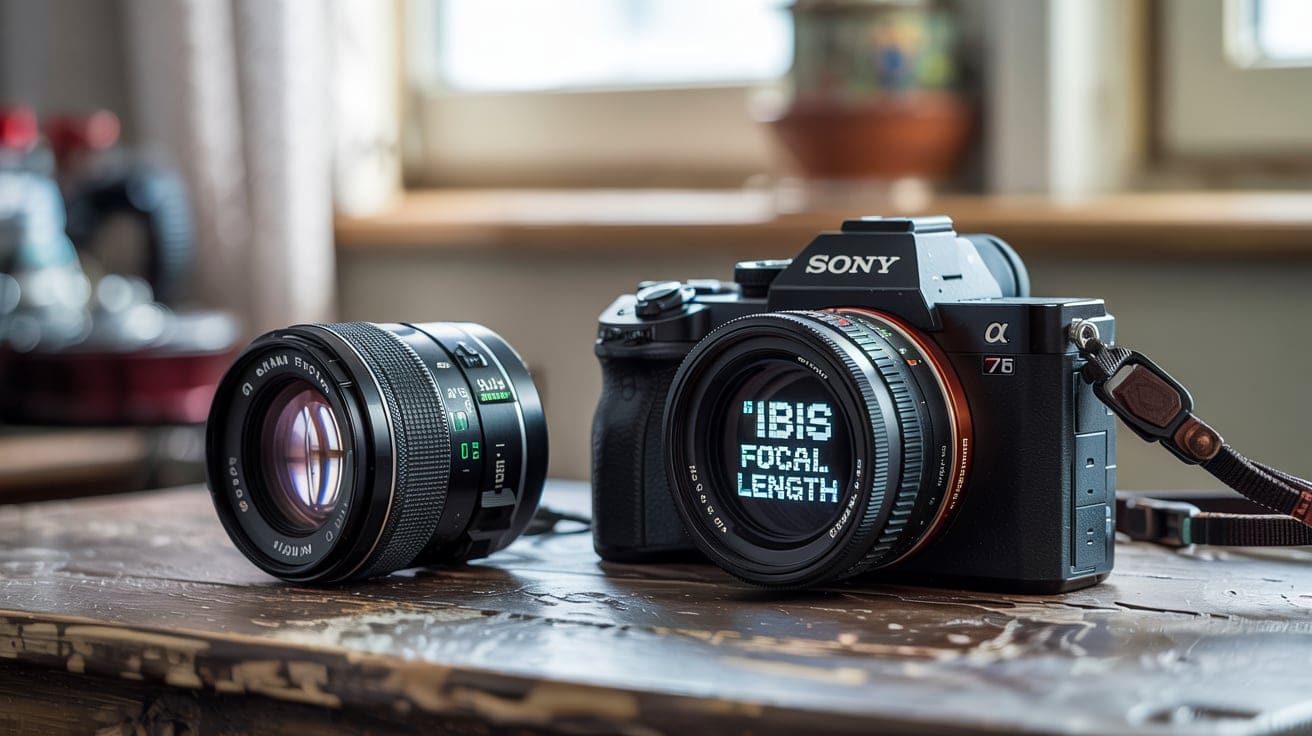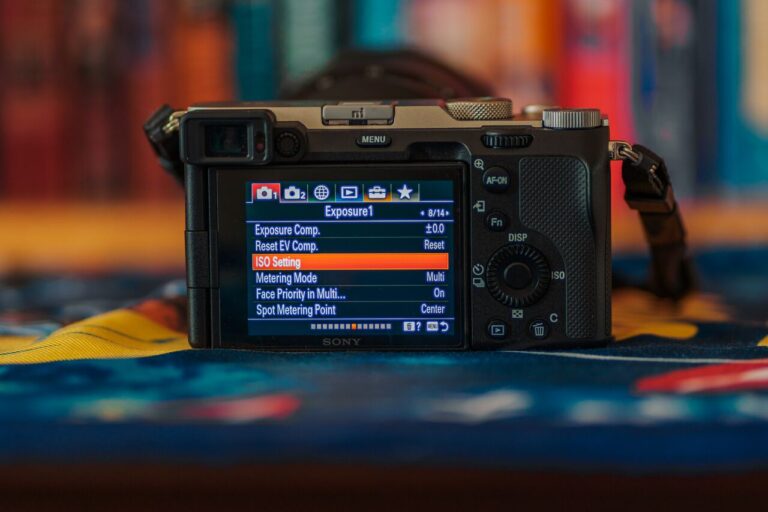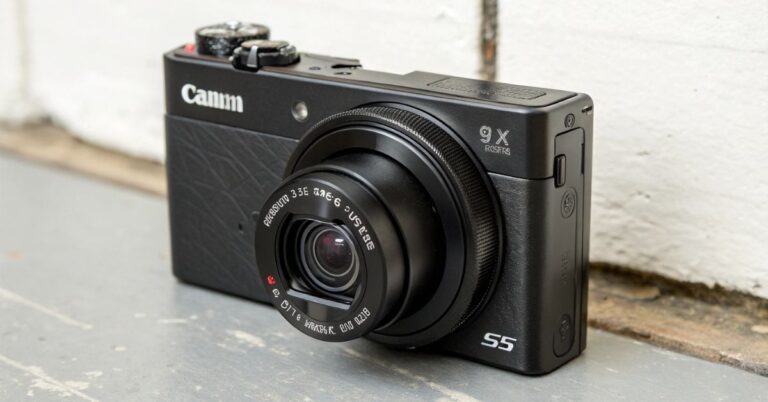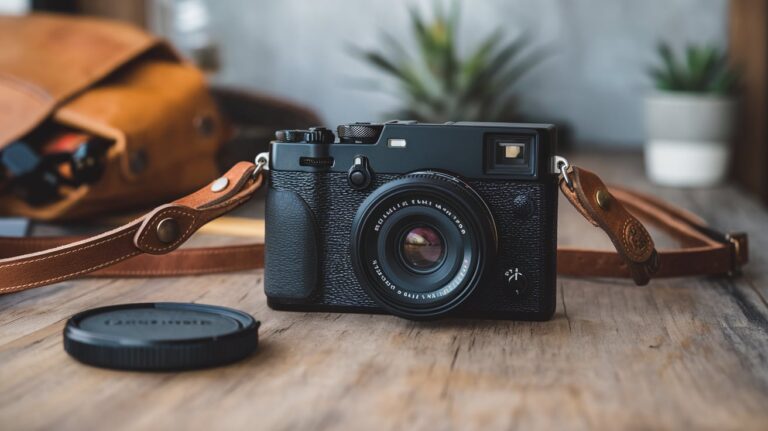Sony Custom Buttons Change IBIS Focal Length – A Complete Setup Guide!
Using Sony custom buttons to change IBIS focal length has made my photography much faster and more efficient. I can quickly adjust the stabilization for different lenses without digging through the menus. This feature has definitely improved my workflow during street photography and filming.
Sony custom buttons change IBIS focal length allows for quick and precise image stabilization adjustments, making it perfect for manual and vintage lenses. This feature eliminates the need for navigating through settings, letting you focus more on your shot.
Unlock Your Camera’s Full Potential: Want to take your Sony camera setup to the next level? Stay with us, and we’ll show you how Sony custom buttons change IBIS focal length for faster, smoother stabilization during any shoot.
What Is IBIS Focal Length and Why It Matters? – Understand IBIS Focal Length!
Sony’s IBIS (In-Body Image Stabilization), branded as SteadyShot, uses gyroscopic sensors to compensate for camera shake by shifting the image sensor during exposure.
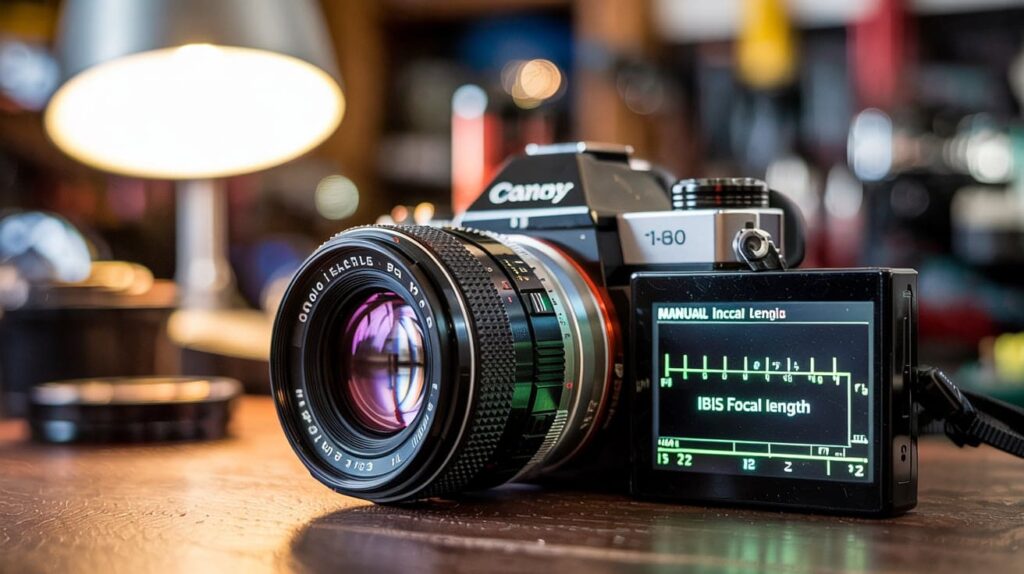
While it’s automatic with native E-mount lenses, manual or adapted lenses require a manual focal length input for IBIS to function accurately.
Why Set IBIS Focal Length Manually?
If you’re using:
- Vintage manual lenses (e.g., Canon FD, Nikon AI, M42)
- Cine lenses
- Lenses through adapters like Metabones or Viltrox (with no electronic contact)
…then IBIS won’t auto-detect the focal length. This can result in:
- Overcompensation with shorter lenses
- Under-compensation with longer lenses
- Soft images, especially at slow shutter speeds
That’s where custom buttons come in handy — allowing quick access to focal length input without navigating menus.
How to Manually Set IBIS Focal Length on Sony Cameras? – Set IBIS Focal Length!
Let’s walk through the process before assigning it to a custom button.
Step-by-Step Guide:
- Press the Menu button.
- Navigate to the Camera Settings 1 tab (gear icon).
- Go to SteadyShot Settings.
- Set SteadyShot to “On”.
- Set SteadyShot Adjust. to “Manual”.
- Choose your focal length from the list (e.g., 24mm, 50mm, 85mm, etc.).
Now your IBIS is calibrated for the lens you’re using — but doing this every time you switch lenses? Not ideal.
Why You Should Use Sony Custom Buttons to Change IBIS Focal Length? – Speed Up Adjustments!
If you use old or manual lenses on your Sony camera, you need to tell the camera what lens you’re using. This helps the IBIS (image stabilization) work the right way. But doing this from the menu takes time.
A smart way to make this faster is to use a custom button. You can set a button on your camera to open the IBIS focal length setting. That way, you can change it quickly with just one press.
Why this is helpful:
- It’s quicker. You don’t have to go through the menu every time you change a lens.
- You stay ready. Great for street photography, events, or quick video shooting.
- You shoot more, adjust less. Focus on your photos, not the camera settings.
Using a custom button makes your camera easier to use — and helps you get better shots, faster.
Assigning IBIS Focal Length to Sony Custom Buttons – Customize Your Camera!
Works on most recent models like:
- Sony A7 III, A7 IV, A7C, A7R series
- A6600, A6400
- FX3, FX30, A1
How to Set It Up:
o set it up, press the Menu button and navigate to Camera Settings 2, then select Custom Key Settings. Choose the button you want to assign, such as C1, C2, C3, or Fn. From the list, select “SteadyShot Adjust. Manual” for newer models or “SteadyShot Settings” for older models.
Once set, pressing the assigned button will allow you to quickly adjust the focal length without needing to dive into deep menu layers.
Suggested Button Assignments for Fast IBIS Adjustments – Assign Efficient Buttons!
| Camera Type | Recommended Button | Why |
| A7 Series | C1 or C3 | Easy top-side access |
| A6600 | C1 (rear) | Close to thumb grip |
| A7C | Fn Menu | Limited buttons on body |
| FX3/FX30 | Custom Button 4 | Often unused |
Pro Tip: If you’re using multiple manual primes (e.g., 35mm, 50mm, 85mm), memorize the button path and change focal length mid-shoot in seconds.
Optimizing for Different Manual Lenses – Perfect Your Setup!
Scenario 1: Street Photography with a 35mm Lens
Assign 35mm to your quick-access slot. Use C1 or Fn to quickly switch to a 50mm lens if needed while on the move.
Scenario 2: Handheld Filmmaking with Cine Lenses
Mount your 85mm cine lens. Press C2 and set the IBIS focal length to 85mm. Start shooting stabilized 4K footage immediately.
Scenario 3: Landscape with Vintage Zoom
Set the midpoint focal length, such as 50mm, for a 28-70mm zoom lens. Adjust the focal length based on the zoom range you use most often.
Why IBIS Might Not Work As Expected? – Troubleshooting!
If your camera’s In-Body Image Stabilization (IBIS) isn’t working as well as it should, here are some simple reasons why and how to fix them:

1. Wrong Focal Length Setting
IBIS works best when the camera knows the correct focal length of your lens. If you haven’t set this properly, IBIS may not stabilize well. Make sure you enter the right focal length in the camera’s settings, especially if you’re using a manual lens. You can set this to a quick button for easy access.
2. Lens Compatibility
Some older or third-party lenses may not work well with IBIS, causing poor stabilization. If you’re having trouble, try using a lens that has its own stabilization, or check if your camera’s IBIS works better with certain lenses.
3. Stabilization Mode Conflicts
If your lens has its own image stabilization, it might conflict with IBIS. In this case, turn off one of them. Many cameras let you choose whether to use lens-based or body-based stabilization, so try switching between them.
4. Camera Settings
Make sure IBIS is turned on in your camera settings. Sometimes, IBIS might be off in certain shooting modes or settings. Check the “SteadyShot” or “Camera Settings” menu to confirm it’s enabled.
5. Too Much Camera Shake
IBIS helps reduce camera shake, but it can’t fix every kind of movement. If you’re using a long lens or shooting in tricky conditions, you might need a tripod or other stabilization tools to get the best results.
6. Firmware Updates
Outdated camera firmware can cause issues with IBIS. Check if your camera has a firmware update available, as updates can improve IBIS performance.
Tips for an Efficient Workflow – Boost Your Efficiency!
- Label your lenses (e.g., 35mm, 85mm) to quickly remember the focal length setting. This makes it easier to set the correct focal length for IBIS when switching lenses.
- Use My Menu to pin SteadyShot Settings for quick access. By doing this, you can adjust IBIS settings right away without scrolling through menus.
- Always reset focal length when switching lenses, even between similar focal ranges. This ensures that the camera adjusts the stabilization correctly for each lens you use.
How Other Sony Shooters Use This Trick? – Community Insights!
Many photographers label their lenses, like 35mm or 85mm, so they don’t forget the focal length. This makes it easier to switch settings quickly during fast shoots.Some users add SteadyShot Settings to My Menu for quick access.

This saves time and avoids going through the menu when changing lenses.Video creators often reset the focal length after switching lenses. This helps keep the footage smooth and stable, especially when moving between different lenses.
FAQs:
How to set up back button focus on Sony A7iii?
To set up back button focus on the Sony A7III, go to the menu, select “Custom Key Settings,” and assign the AF-ON button to a focus function. Then, disable the shutter button’s autofocus by going to “Shutter/AE Lock” and setting it to “AE Lock” instead.
Where is focus hold button on Sony A7III?
The focus hold button on the Sony A7III is on the side of compatible lenses. You press it to lock the focus at a certain point. You can also customize what the button does in the camera settings.
Do I need to reset IBIS settings every time I switch lenses?
It’s a good idea to reset the focal length when changing lenses to ensure the best stabilization for each specific lens.
Why do I need to manually set the focal length for IBIS?
Setting the correct focal length ensures that the stabilization works properly, giving you the best results for that lens.
How to set 1/2/3 on Sony camera?
To set 1/2/3 (custom buttons) on your Sony camera, follow these steps:
- Press the Menu button.
- Go to Camera Settings 2 (the gear icon).
- Select Custom Key Settings.
- Choose the button you want to customize (C1, C2, C3, or Fn).
- Pick the function you want to assign, like autofocus or SteadyShot.
Conclusion:
Optimizing your Sony camera’s settings, particularly the custom button configurations like C1, C2, and C3, is a powerful way to enhance your photography experience. By assigning functions such as SteadyShot or specific focal lengths to these buttons, you can streamline your workflow, reduce menu navigation time, and make your shooting process more intuitive.
Whether you’re shooting in dynamic street environments, filming handheld video, or capturing detailed landscapes, setting up your camera for quick adjustments allows you to stay focused on creativity. The flexibility and convenience of these settings ultimately help you capture more compelling and sharp images effortlessly.
Read Also:
